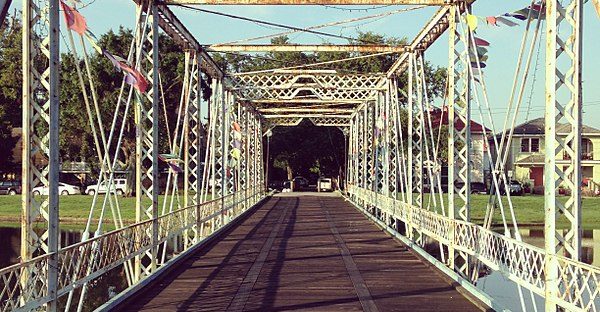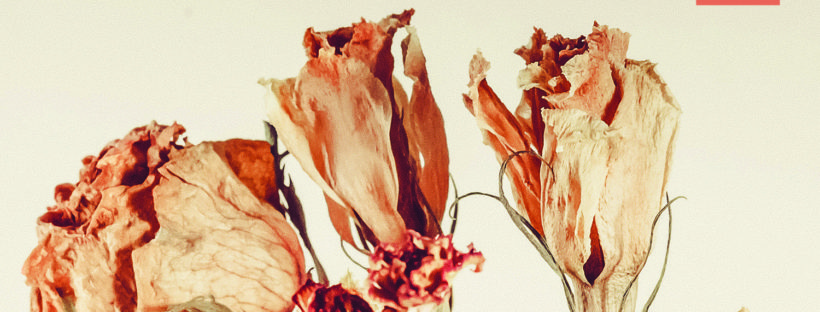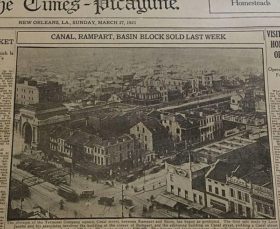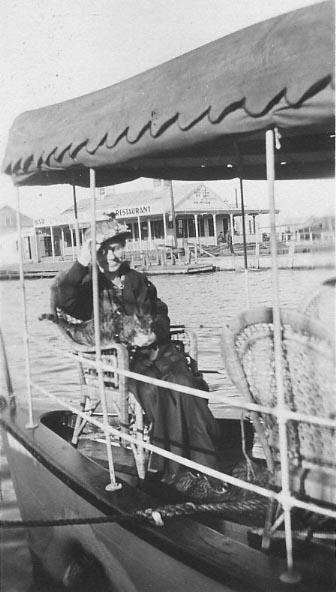I recently did a short interview with the Saints and Sinners Literary Festival for their e-newsletter, as one of their featured speakers for 2018. Below is a transcript of the interview. Thank you SAS, and can’t wait to participate next year!
2018 SPEAKER SPOTLIGHT
by Drew Jordan
Meet Cassie Pruyn
SAS Fest program assistant Drew Jordan caught up with Cassie Pruyn, who attended her first Saints and Sinners in 2017, and she’ll be back for our 15th anniversary March 23-25, 2018.
DJ.: This past year was your first year at SAS. What was your experience at the Festival like?
Cassie: I loved every minute I got to spend at the Festival this past year, even though a major looming deadline (see below!) meant that I couldn’t stay and soak up the entire experience as I otherwise would have. My favorite part of the weekend was the Closing Reception and Hall of Fame Ceremony: the room was filled, almost palpably so, with positivity and a sense of togetherness, as well as with incredible talent and dedication to literature. It made me feel truly proud to consider myself a part of the New Orleans LGBTQ+ literary community. I can’t wait until next year!
DJ: Your first poetry collection, Lena, which came out this past May, deals with the love and subsequent loss of your first love. Would you talk a little bit about the process of how this collection came to be?
Cassie: In short, Lena is a book that simply demanded to be written. When I was at the Bennington Writing Seminars getting my MFA, I was trying really hard to write about anything else. I was writing persona poems and just generally writing away from my personal experience–in part because the main drama of my personal life was, I thought, too painful to delve into (or else too private). Despite my best efforts, however, most of those poems just weren’t working. One of my professors said they were like beautiful landscape paintings in which nothing was happening in the foreground. Alas, this thing, this major loss, had to be written about. Once I started, I couldn’t stop writing about the memories I had with this person—my first love—and the grief I felt over her having died, tragically, at 26.
DJ: How do you think distance, both physically and temporally, factor into this collection?
Cassie: Distance–or proximity–is almost like a third character in this collection, I think. When we were together (when we were 19 and 20 years old), our relationship was hidden from her family. The stakes felt really high for her, and it was nothing short of terrifying. Therefore, right away, our physical intimacy was something dangerous; it had to be carefully orchestrated, and was often cut short in a way that felt violent (at least psychically violent). Or else we were pressed together in tiny rooms, or inside cars, or other strange and claustrophobic spaces. After we broke up, the dance of distance continued: we could never quite figure out how to be harmonious; someone always wanted more closeness, or more distance. The dance continued, with even more intensity, after she was diagnosed with cancer, and, obviously, continues to this day–with death being the ultimate distance, the ultimate void.
The poems in the collection seek to perform these distances, or to speak into them. There are also geographic distances–New Orleans vs. the Northeast–and the proximity to her own memories the speaker is constantly trying to navigate.
DJ: You are also working on a history of New Orleans’s Bayou St. John. Would you talk a little about this project, too?
Cassie: Yes! A bit lighter, this book. I just finished a narrative history of Bayou St. John, to be published at the end of 2017. It spans the bayou’s history from prehistory to the present day, and seeks to ask deeper questions about the city’s relationship to this important waterbody: its role in the founding of New Orleans, and its shifting identity as commercial corridor, houseboat colony, recreational hotspot, etc., as well as its essential status as a navigable waterway. It was a doozy of a project, especially because I was new to research and to the genre, but I loved every minute of it. Aside from the narrative itself, I’ve also been blogging about the bayou’s history over the past couple years–giving voice to the odd little anecdotes the manuscript couldn’t accommodate. You know you must be in New Orleans when you come across drunken bears, lady duels, stolen airplanes, and embezzling mistresses, not to mention the hundreds of mysterious drownings attributed to the bayou over the year.
DJ: We have included your poem “Aubade” here in the newsletter. Would you care to introduce it?
Cassie: An aubade, traditionally, is a morning love song (think: the morning version of a serenade), or a poem or a song that signals the separation of two lovers at dawn. This aubade certainly speaks to the various distances explored in Lena.
Cassie Pruyn is a New Orleans-based poet born and raised in Portland, Maine. Her poems have appeared in AGNI Online, The Normal School, The Los Angeles Review, The Adroit Journal, Poet Lore, Salt Hill Journal, and others. She is the author of a forthcoming narrative history of New Orleans’ Bayou St. John, and of Lena (Texas Tech University Press), winner of the 2017 Walt McDonald First-Book Prize in Poetry.











